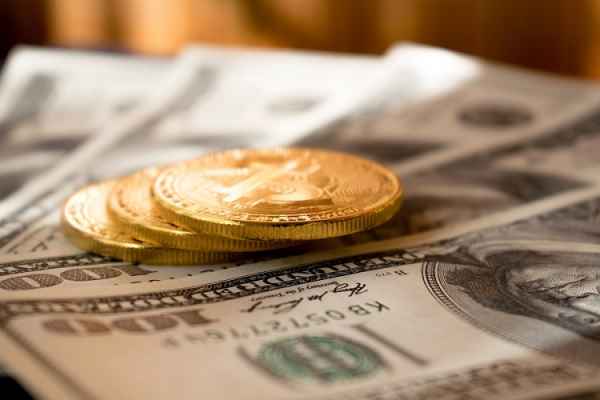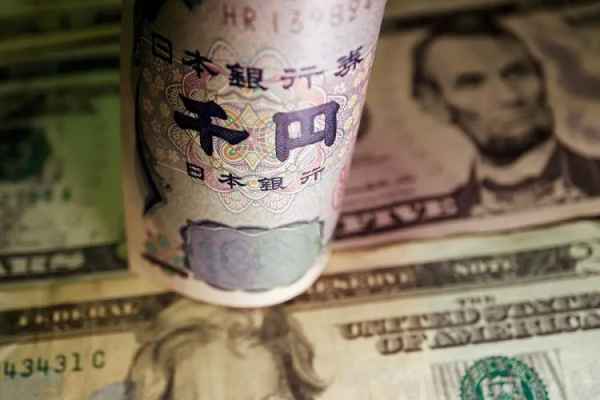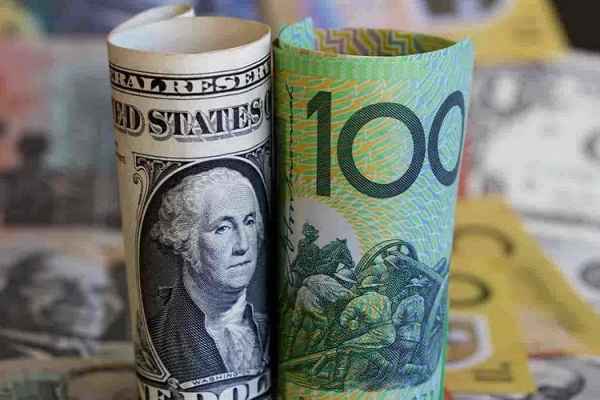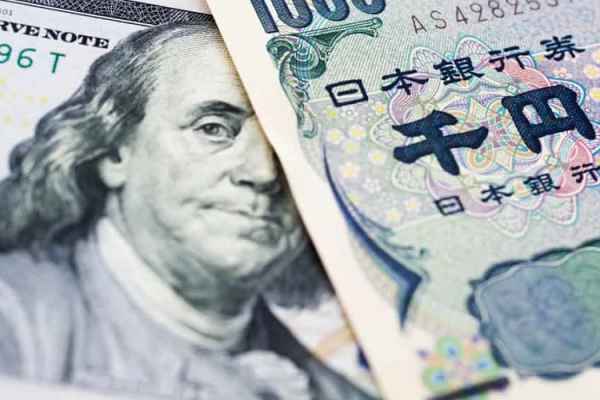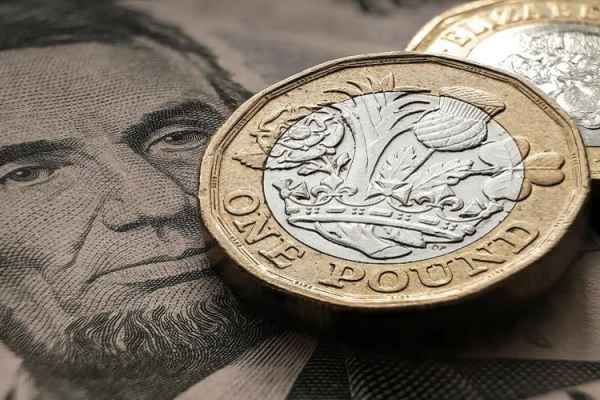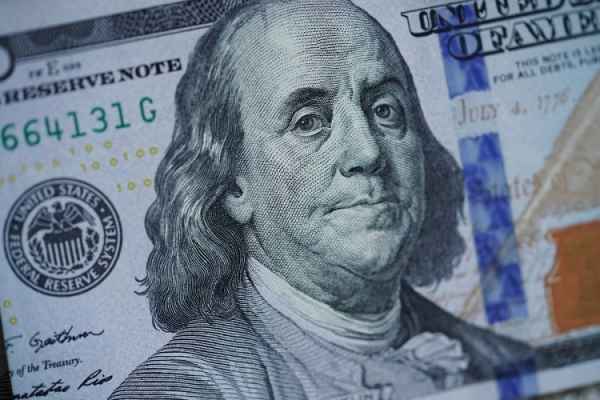The RBA removed the discourse of further interest rate hikes in the previous meeting results statement, so the market dumped the Australian dollar.
The Australian Dollar exchange rate collapsed against the US Dollar in Tuesday's trading following the RBA's surprise policy announcement. AUD/USD slumped more than 0.8% to the 0.6500s at the start of the European session, while GBP/AUD retested this year's resistance at 1.9500.
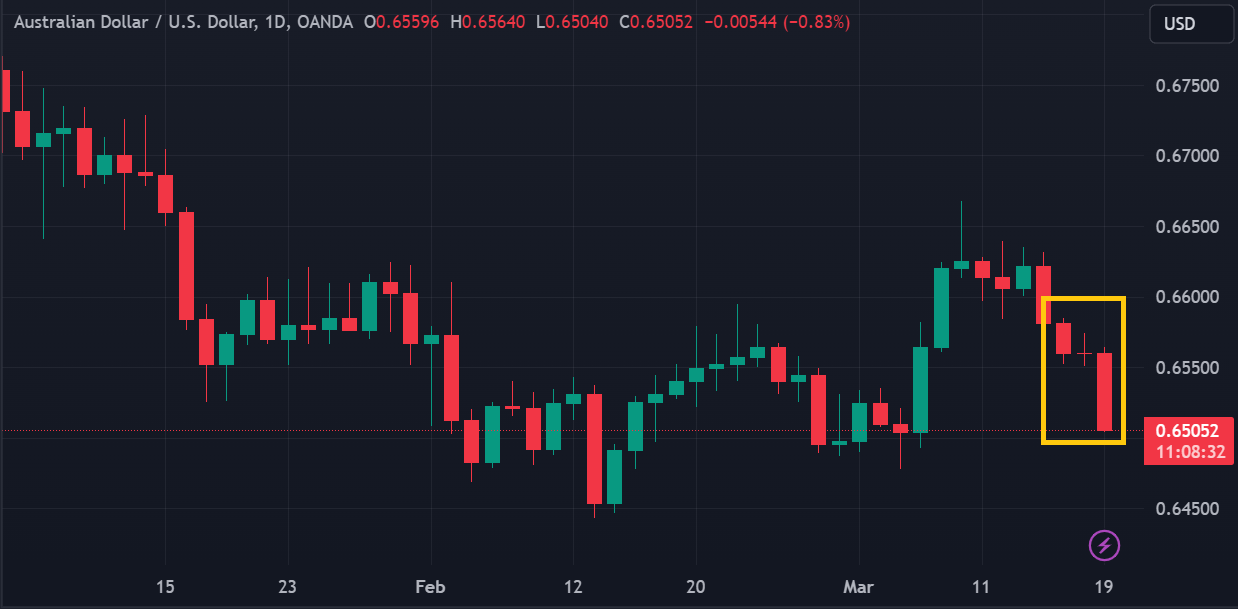
The Reserve Bank of Australia (RBA) left interest rates unchanged at 4.35% during its regular policy meeting this morning. However, the RBA removed the discourse of further rate hikes from the results of the previous meeting.
The February RBA meeting results stated, "further rate hikes cannot be ruled out". The statement is now replaced with "the best path for interest rates to ensure that inflation returns to target within a reasonable timeframe remains uncertain, and the Board has not ruled out any (policy options)".
Markets perceived the change as ending Australia's monetary tightening cycle. As a result, the Australian dollar exchange rate collapsed.
Several experts cautioned that the Fed, ECB, and BoE would likely still start cutting interest rates earlier than the RBA. The Australian dollar will become more attractive to traders once the market factors in the prospect of these central banks cutting rates by the middle of this year.
"On balance we are left concluding it is an evolution and weakening in the bias, rather than a complete dropping altogether," says Adam Boyton, an economist at ANZ. "We continue to favour November for the start of a mild easing cycle".
"That said, the February labour force survey (due this Thursday) and the Q1 CPI (due 24 April) are critical data prints. Should employment on Thursday surprise and again print on the weak side, risks of earlier RBA easing would rise further," says Boyton.
In the short term, the Aussie also fell due to speculation regarding tomorrow's Fed's FOMC meeting. Markets believe the Fed could deliver slightly more hawkish economic and interest rate projections on the occasion in light of the stubborn US inflation rate.

 Dedicated FREE FOREX VPS
Dedicated FREE FOREX VPS Free FOREX Virtual Private Server
Free FOREX Virtual Private Server MT4 Demo Contest, Get $500
MT4 Demo Contest, Get $500 Sign Up for an Account, Claim 60% Deposit Bonus
Sign Up for an Account, Claim 60% Deposit Bonus Free MT4/MT5 VPS 2024
Free MT4/MT5 VPS 2024 Send E-mail and Get Free Merchandise
Send E-mail and Get Free Merchandise $1K Refer a Friend Bonus for Pepperstone Pro clients
$1K Refer a Friend Bonus for Pepperstone Pro clients Maximize Your Earnings with 100% Deposit bonus
Maximize Your Earnings with 100% Deposit bonus Trade to Win, $5,000 Monthly Demo Contest
Trade to Win, $5,000 Monthly Demo Contest Claim 30% + 15% Deposit Bonus from LiteFinance
Claim 30% + 15% Deposit Bonus from LiteFinance
